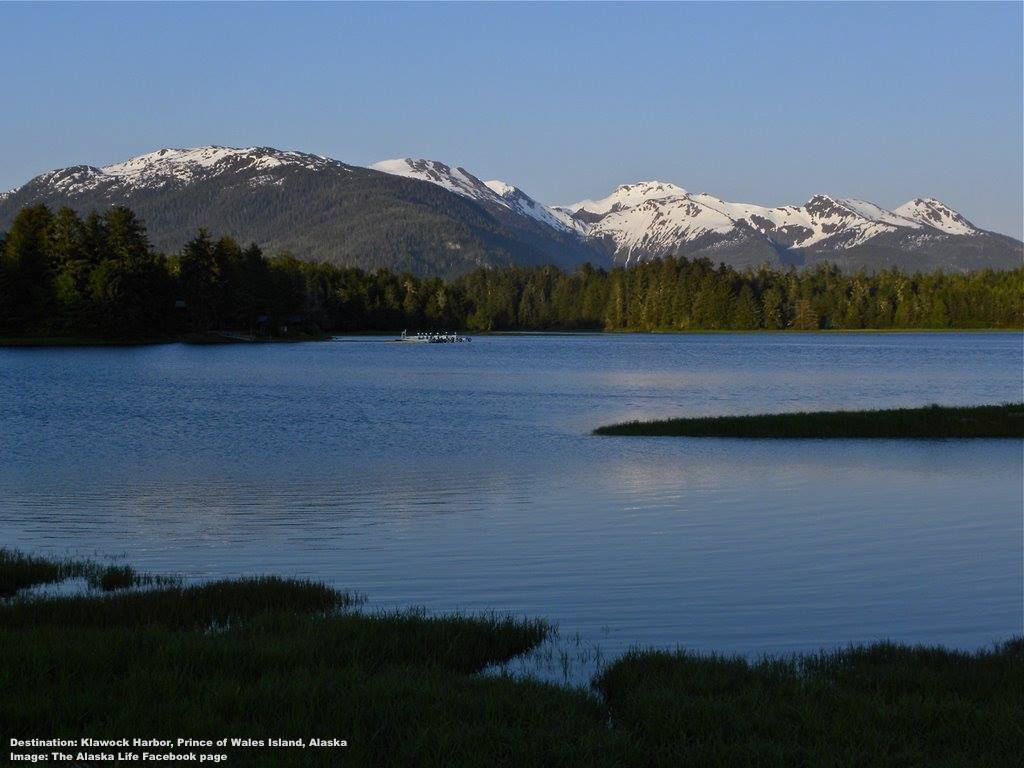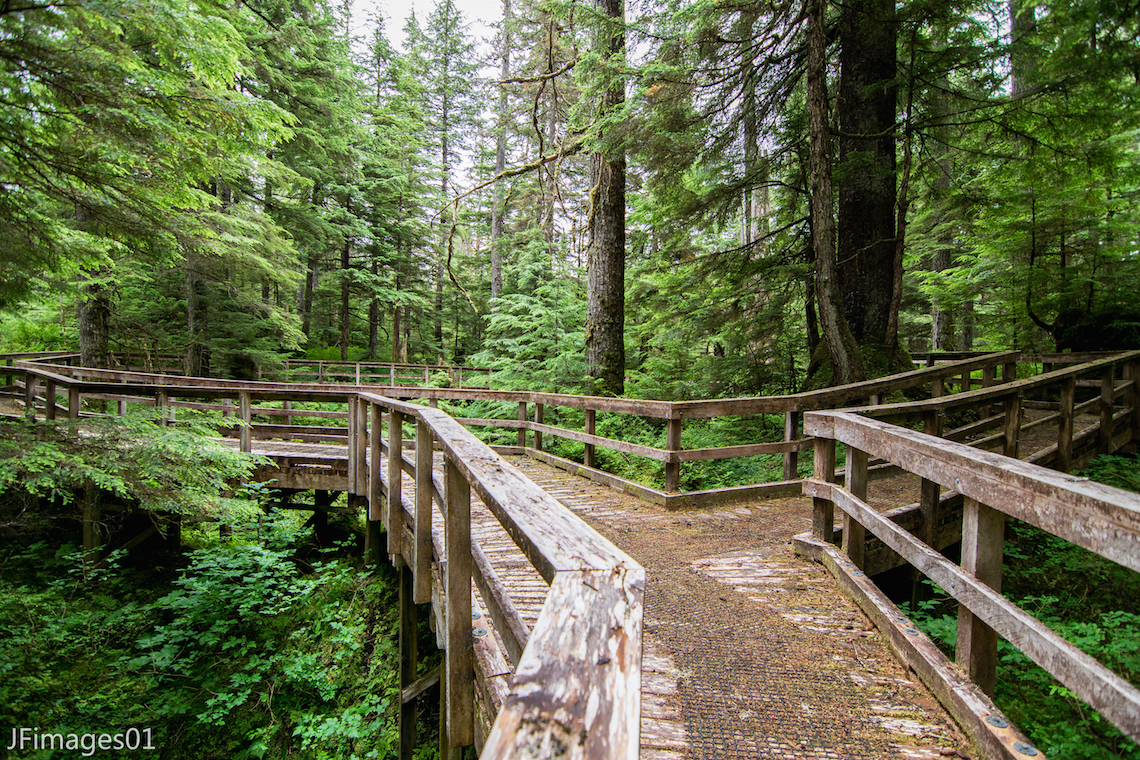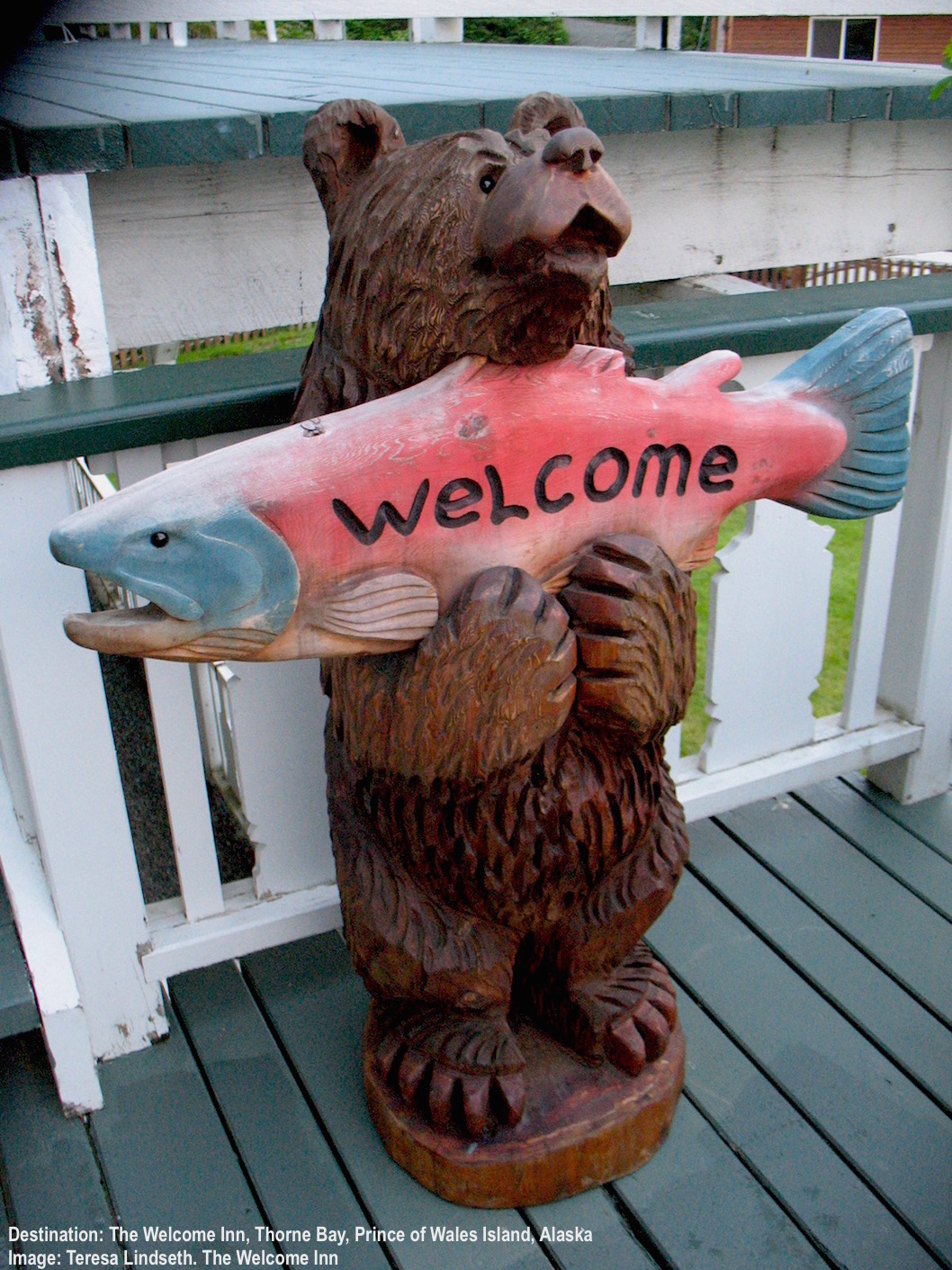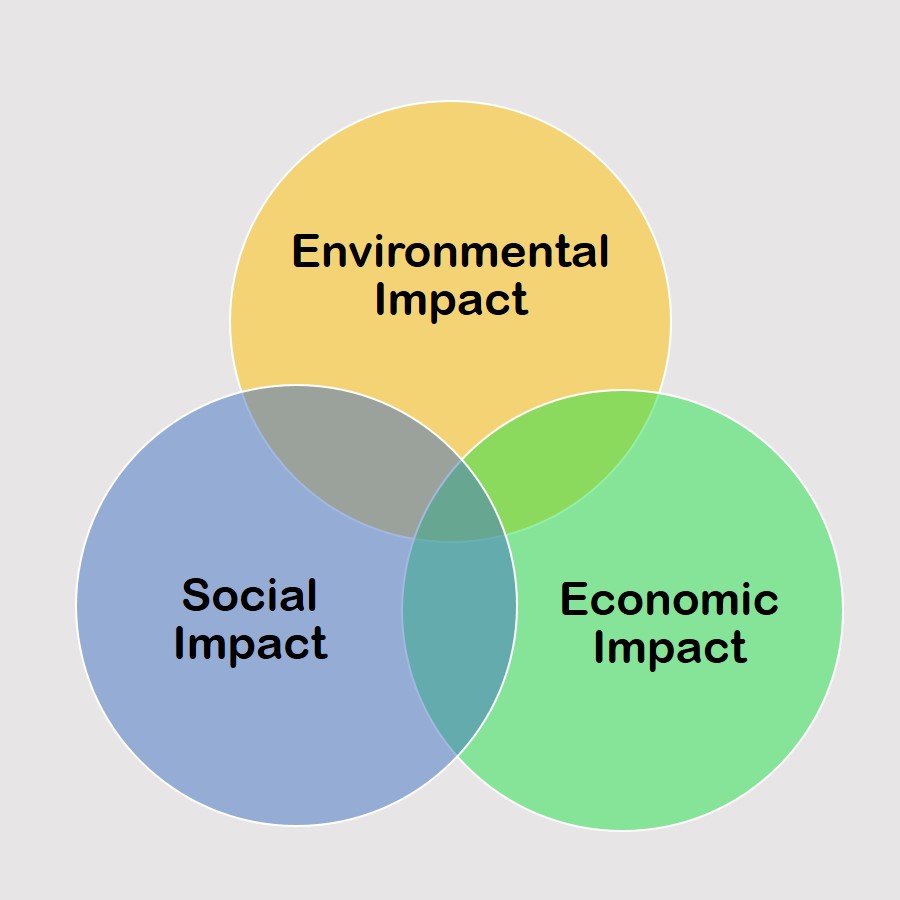Prince of Wales Island, Alaska:
Amazing Wildlife and Birds
A BLACK BEAR CHECKS OUT THE FISHING OPPORTUNITY ON PRINCE OF WALES ISLAND. THERE ARE NO BROWN (GRIZZLY) OR POLAR BEARS ON THE ISLAND. IMAGE: ©BROOKLYNBOY ⎮DREAMSTIME.COM
The Wild Side of Alaska’s Prince of Wales Island
Where can you see wildlife like whales and wild wolves, bears and bald eagles, both river and sea otters, all in their natural habitats on the same day? Only Prince of Wales Island. The island's unique ecosystem, a combination of old-growth temperate rainforest surrounded by rich ocean waters, makes Prince of Wales Island a wildlife lover's paradise. Read below about the diversity of species here and then read "Things to Do" for more suggestions on the best wildlife viewing locations on and around the island.
Watching Wildlife on Prince of Wales Island
A WILD ORCA GREETS VISITORS TO THE WHALE POINT CABIN AT COFFMAN COVE. IMAGE: TAKEN BY A VISITOR, COURTESTY OF WHALE POINT CABIN,
On Land
There are plenty of small land mammals on the island and thanks to an abundance of fresh salmon and a single species of deer, the Sitka black-tailed deer, there is also an abundance of two large carnivore species: bear and gray wolf.
In the Air
The five salmon species found here, king, coho (or silver), chum, pink, and sockeye are magnets for the fish eating raptors like the majestic bald eagle and its fishing rival, the osprey. It is easy to become mesmerized by their aerial aerobics, but don't forget the elegant migrants such as Sandhill crane and trumpeter swan.
On the Water
The land based wildlife is captivating - but the sea life is awe-inspiring! Look out to the bays, inlets, and open ocean for humpback whales, porpoises, and other sea mammals as well as auklets nesting on the outer islands. See below for a more complete species overview.
To View Wildlife - Think Like a Critter!
Start early! Most wildlife activity happens very early in the morning. Plan to be up and in position by dawn when the birds and animals come to the water's edge, along the shoreline and river banks for food and water. "Prince of Wales Island: Things to Do" has great ideas for locations to look for wildlife, marine mammals, and bird species.
THE WATER'S EDGE, LIKE THIS BEAUTIFUL SPOT AT KLAWOCK, IS THE PERFECT PLACE TO SEE WILDLIFE. FIND A COMFORTABLE SPOT, SIT QUIETLY, AND ENJOY WHAT NATURE PRESENTS. IMAGE: THANKS TO BONNIE CHRISTINE AND ALASKA LIFE FACEBOOK PAGE.
Look for the Signs
For the island’s mammals, stream beds and creek edges are great places to look for their sign (especially tracks and scat) – everything needs water! Grab a guidebook or download an app that shows the island’s different animal tracks and see how many you can identify.
Since wolves are the only real predators (bears eat mostly fruit and fish), you have a great chance to see some of the smaller mammals that would rarely be visible elsewhere at stream and creek edges, creatures like mink and ermine and American marten abound. Be sure not to overlook their little tracks.
Wildlife Viewing Tip: Quiet is Key
Canoes and kayaks are more silent than footsteps and make a great platform for wildlife viewing. Many of the lodges offer them to their guests either as part of their accommodation or for a small rental fee, they can also be rented and delivered in some areas. Read Stop-Look-Listen for a wildlife viewing game for all ages.
Wildlife to Look For on Prince of Wales Island
Black Bear
ANYWHERE THE SALMON OR BERRIES ARE FOUND, SO ARE THE BEARS! ENJOY THE VIEW, BUT ALWAYS STAY WELL BACK FROM BLACK BEARS, ESPECIALLY WHEN CUBS ARE NEAR. IMAGE ©JORN VANGOLDSTENHOVEN ⎮DREAMSTIME.COM
Black bears (there are no grizzlies, brown, or polar bears) are all over the island, especially Thorn Bay, Craig, and any of the fish runs! The bears are much easier to find than the wolves; anywhere you find salmon or berries, so will you find the black bears. Unfortunately, the bears are still legally hunted at certain times of the year, mostly by non-residents of the Island. This is a report from the Alaska Department of Fish and Game.
Always assume there are black bears near when you are hiking and proceed accordingly. There are some good, safe places from which to enjoy them, the Cable Creek Fish Pass, for example, has a boardwalk with a viewing platform. Make sure you are familiar with the responsible, safe bear viewing practices before you start your island visit.
See "Prince of Wales Island: Things to Do" for some great viewing spots and review the Responsible Bear Viewing Tips before you begin.
Best Time to View Bears : April until cold
Viewing Tip: Bears may be denned up with little ones until June. When the salmon run, July through September, bear are easiest (and most fun) to watch.
Alexander Archipelago Gray Wolves
FISH ARE A LARGE PART OF THE DIET OF THE THE ALEXANDER ARCHIPELAGO WOLF, A THREATENED GRAY WOLF SUBSPECIES FOUND ONLY ON ALASKA'S ALEXANDER ARCHIPELAGO. IMAGE: ©JORN VANGOLDSTENHOVEN ⎮DREAMSTIME.COM
The gray wolves here are a unique subspecies. The Alexander Archipelago wolf is famous for both doggy-paddling from island to island and their penchant for fresh salmon. The wolves, naturally shy and wary of humans, are scattered throughout the island. Although not as easily spotted as black bear, they are regularly heard at night and seen on camera traps. Assume they are near! Look for tracks, especially along streams, shorelines, and anywhere the salmon are running.
A Gray Wolf Conservation Note: In the summer of 2016, the Department of the Interior Fish and Wildlife Service released a study that found the population of (Alexander Archipelago) gray wolf on Prince of Wales Island had dropped from 221 to just 89 individuals. That is an unhealthy and unsustainable number. To make matters worse, they have taken the wolf off the protected species list. Although seasonal wolf hunting will continue to be allowed, it is necessary to state that the majority of locals I spoke with over the course of researching the Prince of Wales articles were in favor of halting the hunt to save the species. Many of these folks (including some Fish and Game and Forestry Service personnel), traditionally hunters and/or loggers themselves, are quietly working behind the scenes to save their unique species and its unreproducible habitat. They have already been responsible for many sustainable changes. Responsible wildlife tourism gives value to live wolves, and greatly helps the people who are trying to save them and the unique ecosystem of this temperate rainforest. Experience Prince of Wales Island for yourself - and mention to the locals, in and out of uniform, why you there. Your voice and your tourist dollars are imperative to the conservation fight.
Best Time to View Wolves: Wolves can be viewed all year, but they are very difficult to find. The odds are best along streams when the salmon run from July to September.
Black-tailed Sitka Deer
BLACK-TAILED SITKA DEER ARE PART OF THE OLD GROWTH RAINFOREST ECOSYSTEM OF TONGASS NATIONAL FOREST. SECOND GROWTH FOREST IS TOO DENSE FOR THEM. LOOK FOR THE SITKA DEER NEAR WATER AND ALONG ROAD SIDES. IMAGE: ©LINDA BAIR ⎮DREAMSTIME.COM
The Sitka black-tailed deer on Prince of Wales Island are the physically largest and have the biggest antler racks of their species in all of Alaska. Unfortunately, this makes them a prime target for trophy hunters, and they are reportedly declining in number. Yes, there is still licensed hunting allowed by season on the island for bear, wolf, and deer. Responsible wildlife viewing tourism helps make the charismatic animals more economically valuable alive than dead.
These deer thrive only in the non-logged old growth forest; they cannot live in the dense second growth. From all local accounts, the deer are still plentiful and readily spotted. Look for them at the sides of the road and along stream beds - and in the streams too!
The River Life of Prince of Wales Island
RIVER OTTERS LIVE IN FAMILY UNITS WITH A SET OF PARENTS, YOUNG AND SOMETIMES "HELPERS". WATCH THEIR ANTICS ALONG THE FRINGES OF THE FRESHWATER STREAMS, LAKES AND BEACH EDGES. THEIR ACTUAL DEN MIGHT BE UP TO A HALF MILE FROM THE WATER IN "BORROWED" BURROWS OR NATURAL CAVITIES AND SNAGS. IMAGE: COURTESY OF © IAN A. JOHNSON, WILDLIFE PHOTOGRAPHY
THE THREATENED WESTERN BOREAL TOAD LIVES IN TONGASS' TEMPERATE RAINFOREST. IMAGE: THANKS TO LUKE
River Otter: Watch for river otters especially at Hatchery Creek, Dog Salmon Fish Pass and the other salmon runs.
Bats: Keen’s myotis (nests in trees!) and the little brown.
More Land Mammals: Beaver, ermine, American marten, mink, Keene's mouse, and more.
Best time to see land mammals on Prince of Wales Island: April through cold.
Amphibians: Columbia spotted frog (the big ones are the ladies), roughskin newt, western toad and their threatened subspecies: boreal toads. Look for toads and newts at Carta River comes out between Thorn Bat, Hollis, and Kasaan.
River Fish (Fresh water): Salmon species: steelhead, coho (silver), chum (dog), pink (humpy), and sockeye (red), and trout.
IT IS THOUGHT THAT SALMOM LEAP OUT OF THE WATER TO BREAK THE EGG SACKS, WHATEVER THE REASON, THEIR ATHLETICS ARE EXCITING TO WATCH! THIS IS A COHO OR SILVER SALMON. (YOU CAN TELL THAT THIS FISH IS REACHING SEXUAL MATURITY BY THE PINK SHADING OF ITS BELLY.) IMAGE:COURTESY OF ©IAN A. JOHNSON, WILDLIFE PHOTOGRAPHY
Bird Watching on Prince f Wales Island
The resident avian populations of Prince of Wales Island are enough to keep a bird watcher enthralled any time of the year, but when the migrants arrive they add an extra dimension to the excitement. And don't forget the sea birds that breed on the smaller islands and rocks around Prince of Wales Island. One example, Forrester Island, contains colonies of Cassin's auklet, rhinoceros auklet, fork-tailed storm petrel, and leach's storm petrel.
TRUMPETER SWANS WINTER ON PRINCE OF WALES ISLAND, APPEARING AROUND OCTOBER AND STAYING INTO JANUARY, SEE THEM AT BIG SALT LAKE AND OTHER STREAMS AND ESTUARIES . IMAGE COURTESY OF JEANNE WAITE FOLLETT
Bald Eagles
ALASKA HAS THE WORLD'S LARGEST POPULATION OF BREEDING PAIRS OF BALD EAGLES. LOOK FOR THESE BOLD FISH EATERS HIGH IN THE OLD GROWTH TREES ALONG RIVERS AND STREAMS ON PRINCE OF WALES ISLAND. IMAGE:COURTESY OF ©IAN A. JOHNSON, WILDLIFE PHOTOGRAPHY
Alaska has the highest concentration of breeding bald eagles in the world. In fact, when DDT and other factors eradicated the bald eagle from the north eastern U.S., a single pair of these majestic birds imported from Alaska helped revive a population that now numbers in the hundreds of breeding pairs. But to see them at their best, you still want to see them here!
Bald eagles are fish-eaters (as well as being scavengers). They perch and nest high in the tallest spruce along the waterways where they can easily scan the water ready to swoop down for a catch. Eagles and osprey (another large fish eating raptor) love to steal each other’s catch. It can make for some epic avian aerial contests. Have your camera ready! Note: Distinguish young bald eagles from golden eagles by their legs – almost bare on the bald eagle, feathered on golden eagle.
Raptors: Bald eagles, golden eagles, goshawk, and osprey.
Sea Birds: (Outer islands) Cassin's auklet, rhinoceros auklet, fork-tailed storm petrel, and leach's storm petrel. (Shore Colonizers) Auks and puffins, rhinoceros auklets, and many other species, some very rare, breed or rest on the islands around Prince of Wales.
Water Fowl: Eider ducks, harlequin ducks, merganser, widgeons, teal, snow geese, Canada geese, and trumpeter swans (October to spring – look in creeks and estuaries). Sea ducks such as the ruddy, etc.
Waders: Great blue herons and Sandhill cranes (look for pairs in spring all over the island).
Best season for bird watching: Bald eagles are active on the island all year. Some of these species breed on these islands in spring, some winter there. Consult a guidebook or download a bird watching app for the region.
Marine Life Around Prince of Wales Island
IT IS POSSIBLE TO WATCH HUMPBACK WHALES, IN THIS CASE BUBBLE FEEDING, FROM THE SHORE AND DOCK AT MANY POINTS ON PRINCE OF WHALES ISLAND. IMAGE: COURTESY OF Ian A. Johnson, wildlife photography
On Prince of Whales Island it is possible to watch humpback whales breach and feed without ever leaving land, but, thanks to a traditional commercial fishing industry and enthusiastic sport fishing tourists who discovered the island years before the rest of us nature enthusiasts, there are plenty of fishing boats and captains to hire who will help you explore out on the sound. There you might see humpbacks and orcas or, further from shore, even gray or minke whales on their migration route, or spot sea lions or other sea mammals or birds in their favorite outer island resting places.
LOOK FOR HARBOR SEALS IN THE WATERS AROUND CRAIGE AND COFFMAN COVE. IMAGE: THANKS TO IAN A JOHNSON, WILDLIFE PHOTOGRAPHY
Whales: Humpback whales and orca, and possibly the migrants: minke, Northern right, gray, and beluga.
For whales watching from dry land check out the dock at Craig or Coffman Cove.
Porpoise and dolphin: Pacific white-sided dolphin, Dall’s porpoise, and harbor porpoise.
Otter: Sea otter. Sea Otter Sound near Craig is a good spot to look.
Seal and Sea Lion: Steller sea lion, and harbor and northern fur seal. Look for them at Craig and Coffman Cove and on and around Noyes Island, off the ewest coast of Prince of Wales Island.
Fish: Salmon shark, salmon, halibut, and rockfish
For more ideas on whale and other marine life watching see "Prince of Wales Island: Things to Do."
A HARBOR SEAL RESTS ON A ROCK. THEY ARE REGULARLY VISITORS TO THE WATERS AROUND CRAIG AND NEAR COFFMAN COVE, AND AT NOYES ISLAND TO THE WEST OF PRINCE OF WALES ISLAND. IMAGE COURTESY OF IAN A. JOHNSON, WILDLIFE PHOTOGRAPHY.
Best Viewing Season for Whales: April through September. Gray whales may be seen here in early spring, and minke whale sightings are possible during the summer months. Other whale species such as Northern Pacific right and beluga whale migrate through but are not as easy to spot.
Best Viewing Season for Porpoises and Dolphins: June through September.
THE WATERS OFF THE COMMUNITY OF COFFMAN COVE ARE PERFECT FOR WHALE WATCHING - OR CATCHING A MAGNIFICENT SUNSET FROM THE PORCH OF WHALE POINT CABIN. IMAGE: COURTESY OF WHALE POINT CABINS
For More on Prince of Wales Island
Special Thanks
To Luke and the People of Prince of Wales Island
whose enthusiasm and love for their wonderful home is surpassed only by their generosity.
and to
The U.S Forestry Service at Prince of Wales Island for their time, help, and enthusiasm for this very special place.
Ian A. Johnson Like him on Facebook or his Blog, Life, Wildlife and Wild-life
The Whale Point Cabin Like them on Facebook Jeanne Waite Follette, photographer
The Alaska Life Facebook page









